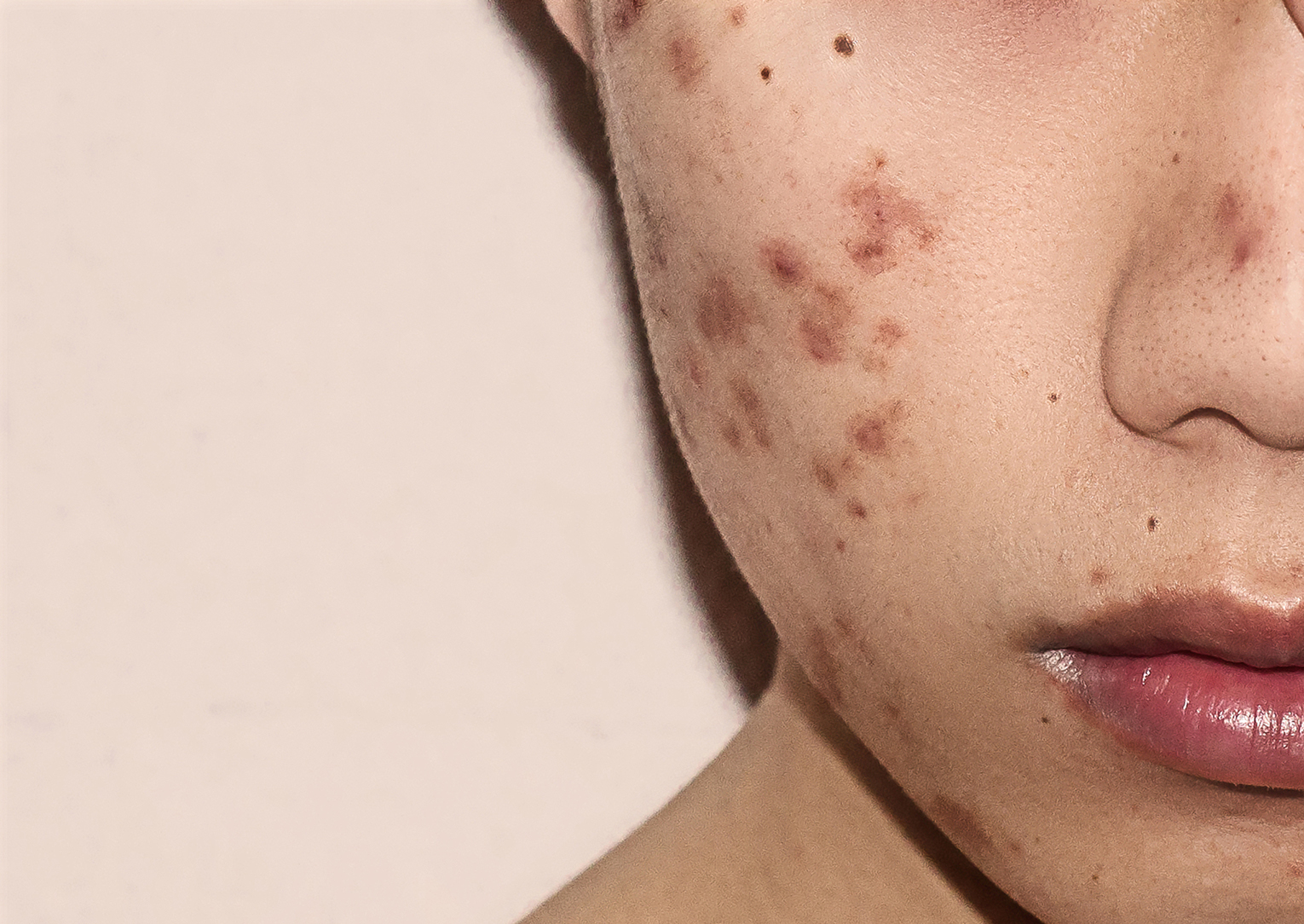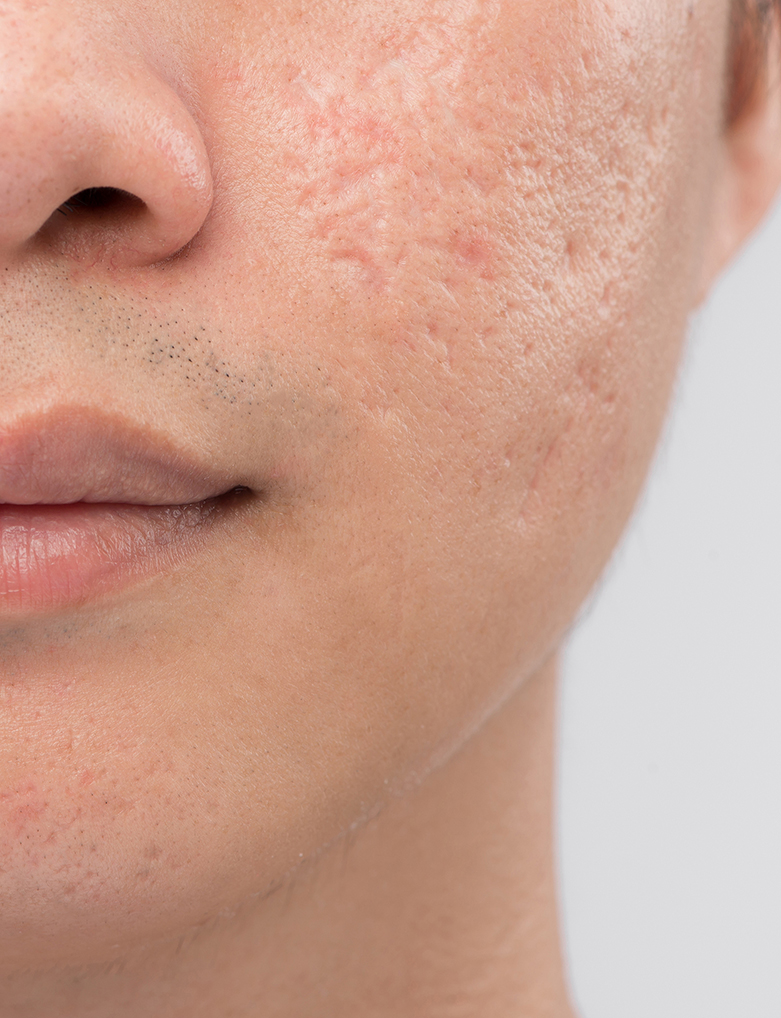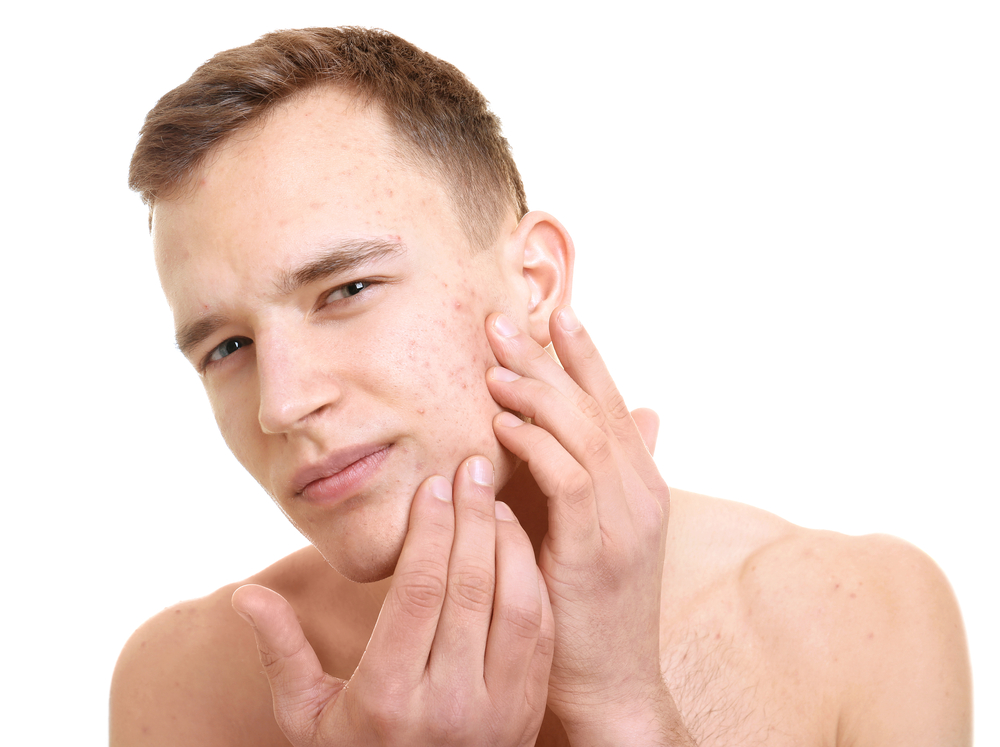Different scar types, treatment options and how to get rid of scars?
Keloid scars
This type of scar is developed in a case that the body is treating an injury by over producing collagen. A keloid, sometimes referred to as a keloid scar, is a tough heaped-up scar that rises quite abruptly above the rest of the skin. It usually has a smooth top and a pink or purple color. Keloids are irregularly shaped and tend to enlarge progressively. Keloids can be considered- “scars that don’t know when to stop”. Unlike scars, keloids do not regress over time. Common places for keloids appearance are jaw line, arms, chest and back. Dermatologist usually treat this type of scars with cortisone injections until they become flatten, then a laser is used to remove the pink/ red color of the keloid. After the age of 40, the chance to develop a keloid scar decrease.


Atrophic scars (“ice pick” scars)
As subtlety as the name suggests, ice pick scars are very deep acne scars that look like the skin has been punctured with an ice pick. When the body produces too little collagen in response to an injury, such depressed scars can form. Ice pick scars usually appear on the cheeks area and tend to look like very big pores. There are several types of treatments for acne scars:- Microdermabrasion technique can reduce shallow scars by removal of a thin skin layer.
- Deeper scars appearance can be improved by laser treatments. Laser treatments can decrease redness in the scars.
- Hyaluronic acid injections can fill the scars and provide a smoother skin appearance.
How to avoid post-acne scars?
People often tend to think that “a scar is a scar” and that scares are untreatable. Scars are defined by permanent change of the deep skin tissue due to an injury. An injury to the skin, such as inflamed acne spot, that couldn’t help but being popped, increases the chances of remaining with a scar. Keep in mind that every touch can result in an inflammatory response that increases the chances of a scar.
Scars are very hard to conceal but easy to avoid.
Some will develop acne scars more than others, specially people with family history of acne scars. Acne is a hereditary disease, and if your parents suffered from acne, most likely you will too. When someone tends to develop an infection along the with their acne breakout, the chance of scars formation is higher than for someone with small, non inflamed acne spots. If you are suffering from severe acne that involves deep cycles and pustules, which are more common for men than for women, you should refer to a dermatologist for treatment. In cases that involve inflammatory deep cycles and pustules, aggressive treatment is most likely to prevent the formation of acne scars.

